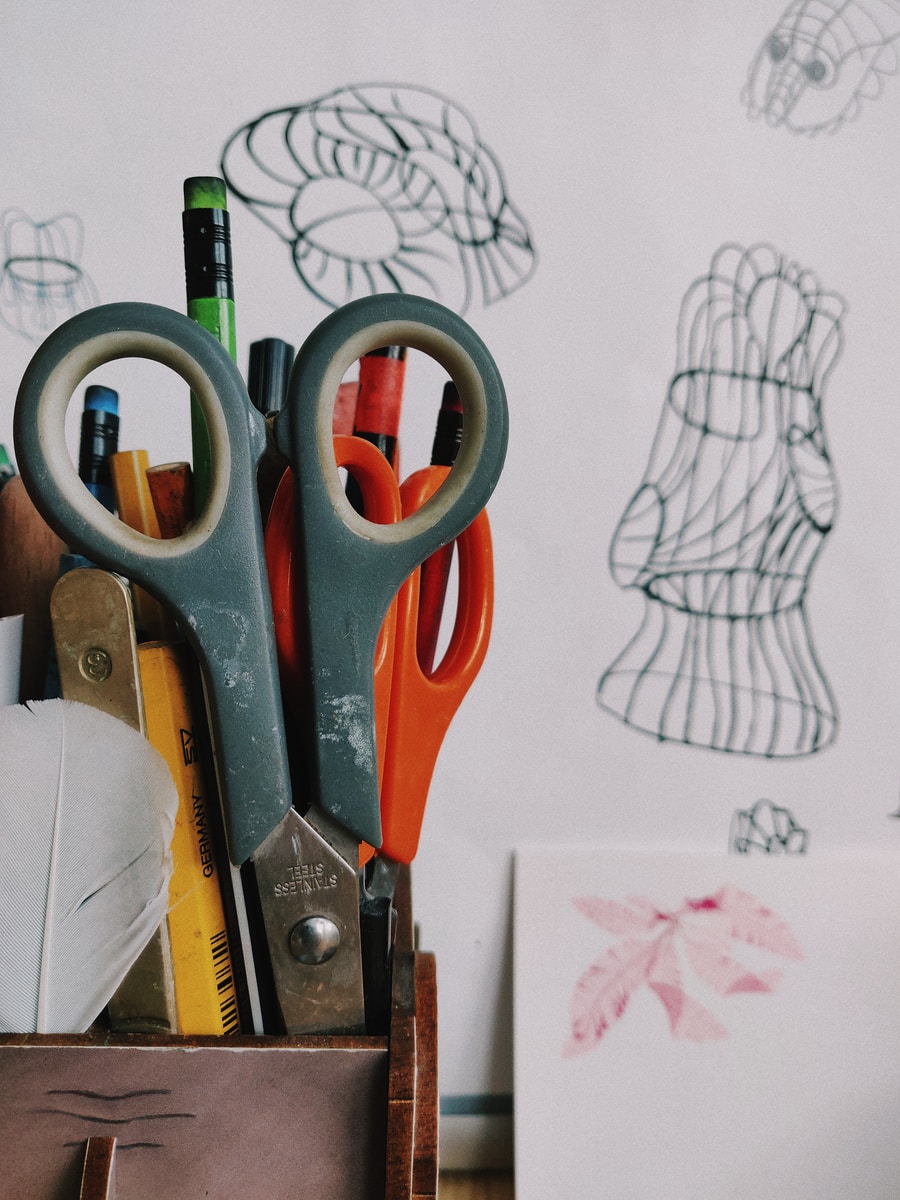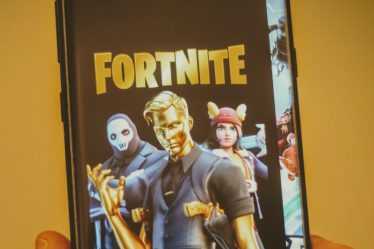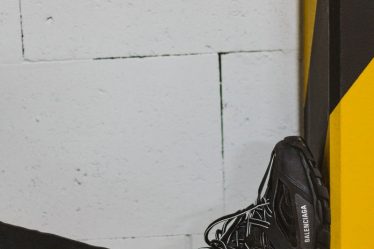
London’s Kingston University will offer a Master’s degree that focuses on systemic change and transformational systems in education and the fashion industry.
The MA Sustainable Fashion: Business and Practices is the latest addition to Kingston School of Art’s Fashion Department. It aims to provide a new approach to solving complex problems in an industry heavily dependent on overproduction.
It’s not about philosophy, theory or a concept. In conversation with us, Sass Brown, the master’s program lead, said that it’s all about applying those theories and concepts to make a tangible impact on the fashion system.
Brown will add to her many roles as author and researcher. She will bring to the course her life experience, including working in diverse communities, providing advice on sustainable solutions, and publishing papers on responsible design.
Brown explains how it will help students overcome the challenges of today’s fashion industry and how it hopes to change the way they think about the future.

From where did the idea for this course originate?
I am a fashion designer and have been involved in sustainable fashion for more than 20 years. I also worked in the commercial sector. Just a few years ago, I returned to the UK to finish my PhD. It was on sustainable fashion. Kingston University invited me to write a new Masters.
It is important to be able to cross the boundaries between the design and business worlds. There are many degrees that focus on sustainable fashion design.
What are the obstacles?
Since I’ve been in academia for so long, I’ve seen the constant additions of new requirements. All of these requirements are added to an already extensive curriculum. I am often ‘pulled in’ to universities to teach a lecture or complete a module. However, they treat the subject as if it were a ‘tick-box exercise’. This is one of many messages they need to communicate. The truth is that overproduction and consumption are the root of our problems.
Fashion is a well-defined and self-sustaining system. So, although all of these interventions are wonderful, they don’t change the fashion system. They don’t have a profound impact on how we make, use and dispose of our clothes. They only have one role in the system, but it is clear that they need to be involved in all aspects. It is a system that is not fit for purpose.
What is this course about?
It is important to consider all aspects of fashion. For example, inspiration. We are taught that the world is your oyster. It’s full of amazing people and places. So go ahead, mine it without any responsibility. This inevitably leads to cultural appropriation and a lack of research skills. This is the standard for designers. In other fields of academia, however, sourcing and accreditation are important parts of teaching. It also shows respect for where your knowledge comes from.
This can be seen in the illustration stage. Traditionally, drawn models are graphic representations (size zero to five foot eight) of catwalk models. In reality, the average Western world model is 14-16 inches in size, and five-foot-four in elsewhere. Who are we designing for?
Production, too. Designers don’t have the ability to comprehend their entire supply chain down to the raw materials. The whole system is affected by discarding, overproduction, and supply chain problems based on cheap or quick.
Individual interventions are important, but they don’t alter the system. It was not the intention to create a programme that produced more, but rather to embrace and build on the ethos of studio collaboration, product solving and studio development.
Who is the target audience for this course?
We hope that applicants who are accepted to the program will have diverse backgrounds in design, business, and multimedia. It can often build on a design-based bachelor. This puts an emphasis on sustainability that other universities may only use as an insert, rather than an entire program.
Are you positive that education will make a difference in the future of fashion?
There are many ways to ensure the sustainability of future industries. We need to look at them all. It’s not the only way to communicate values or share your thoughts, but it can play a part. It plays an important part in my opinion.
The best thing about academia is the freedom to explore your creativity. As yet, you are not in the commercial world where money and people depend on your responses. You can explore and try new things, and if you fail, that’s okay because there are sometimes valuable lessons to be learned. Education allows you to access elements that are often very difficult in a commercial environment.
What is the role of cultural exploration and research in this course?
Absolutely. It is a key component of it. It’s impossible to talk about sustainability if we don’t also consider the environmental aspect. We can’t have a complete conversation about sustainability if we don’t include animals and humans. Respecting history, cultures, and ownership is key.
There are many great initiatives to protect indigenous cultural heritages, as well as legal protection. This is a fundamental shift in our industry. It is now illegal to extract other people’s traditional cultures without compensation or acknowledgment. It is essential that the course includes a discussion about diversity, representation, and respect.
What do you see the graduates of this course doing?
Many things are possible for me, whether they be in more traditional or experimental, ideation or business development roles. If you search for jobs on job platforms that focus on sustainability, there are many opportunities. The last few years have been a change for us, especially since the introduction of covid. Because our work environment has changed so dramatically, we are not in the same space as people who focus on one outcome and work towards a particular career. Three years ago, the idea of having a chief diversity officer was new. Sustainability being integrated into c-suites was also a novel concept. These roles have evolved rapidly, so I believe the degree should be open for students to choose their values. At this point, I don’t believe we have a clear idea of the future.
Are there any plans that you have for the course?
Two modules will be used to interact with an external stakeholder. These are what I call live projects. The first is about communication tools, such as creating a blog, website, or podcast. It can be expressed in any way you want. You can focus on storytelling or knowledge sharing.
The over-live project would cover interventions within the system. It’s, therefore, more open and would involve working alongside a local community or refugee community. Students would decide how they would support them, and then work toward an open end result that doesn’t revolve around making a product. Modules are designed to give students the chance to learn and understand the challenges faced by a community, as well as create tangible outcomes.



